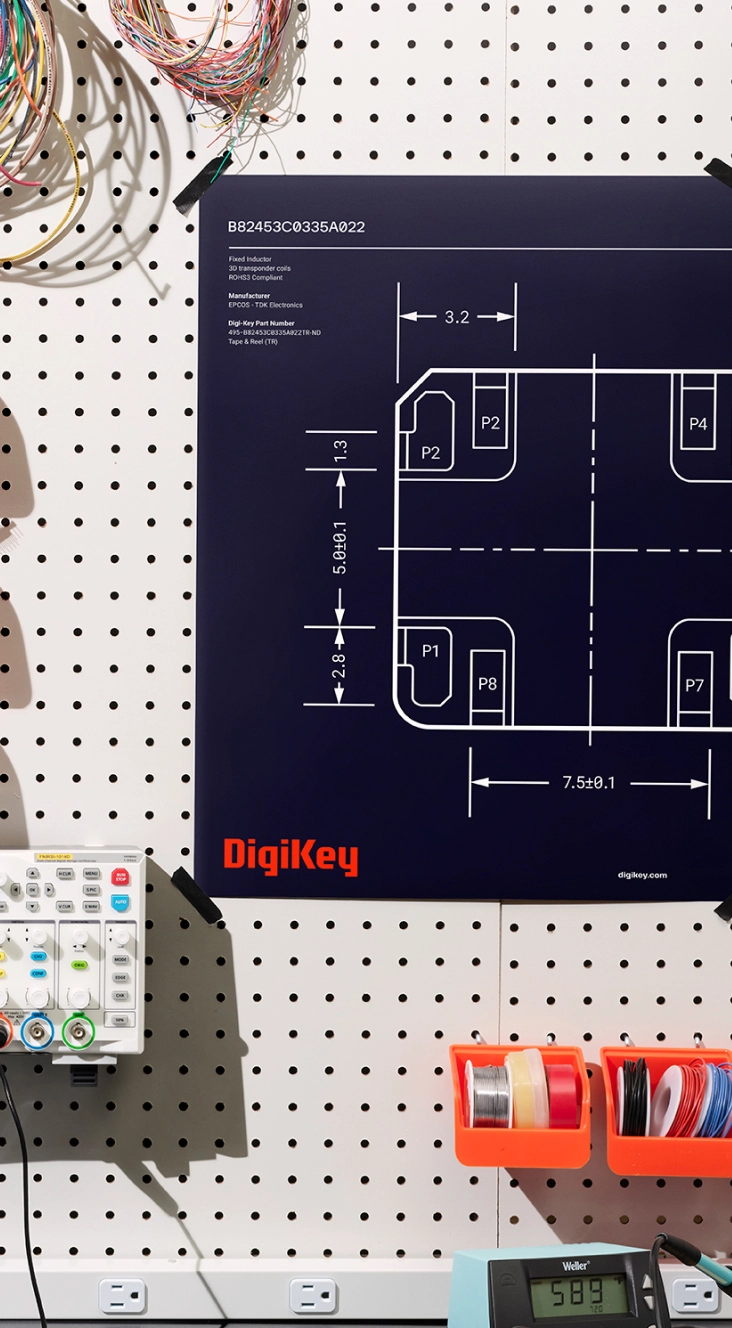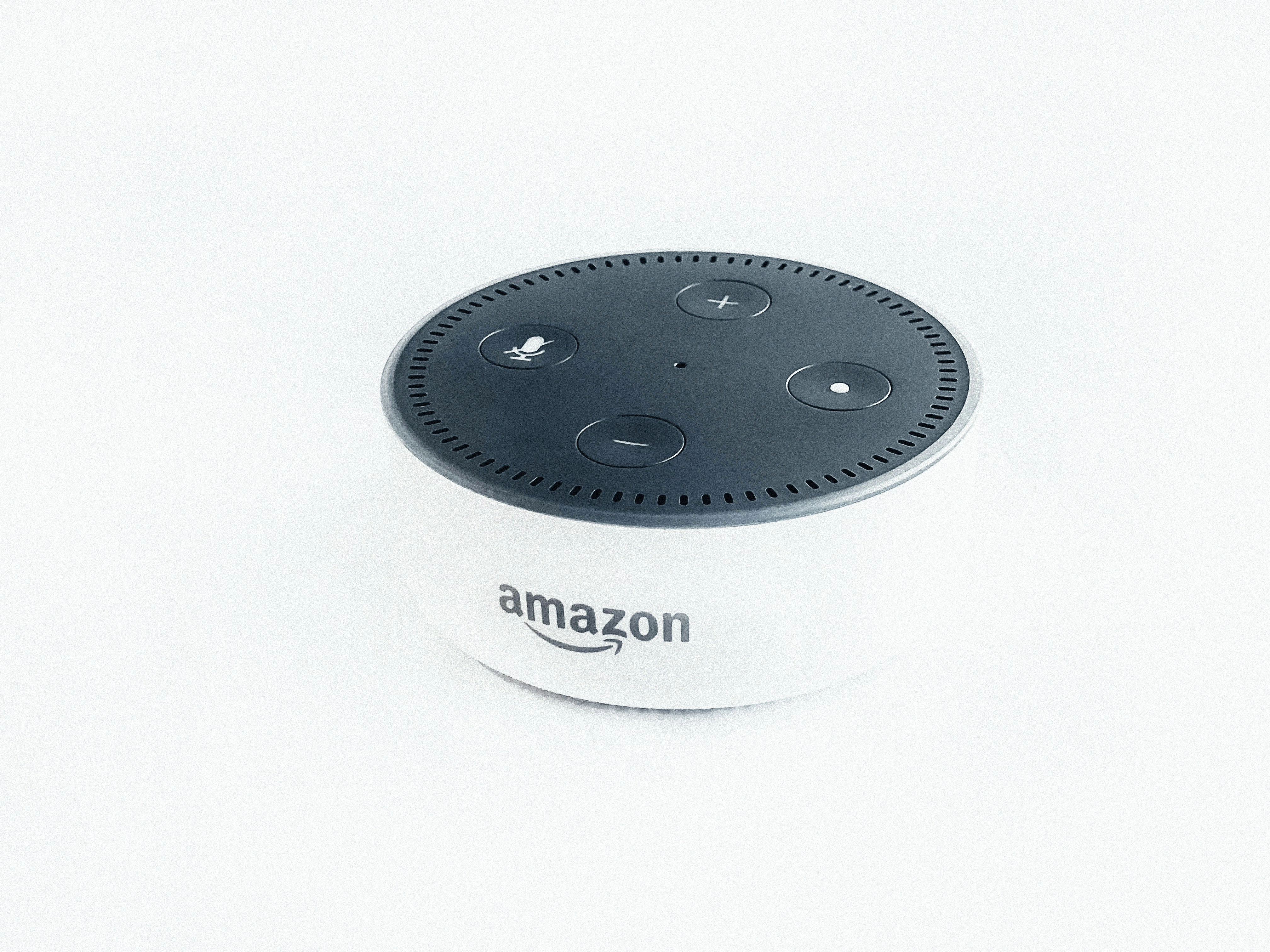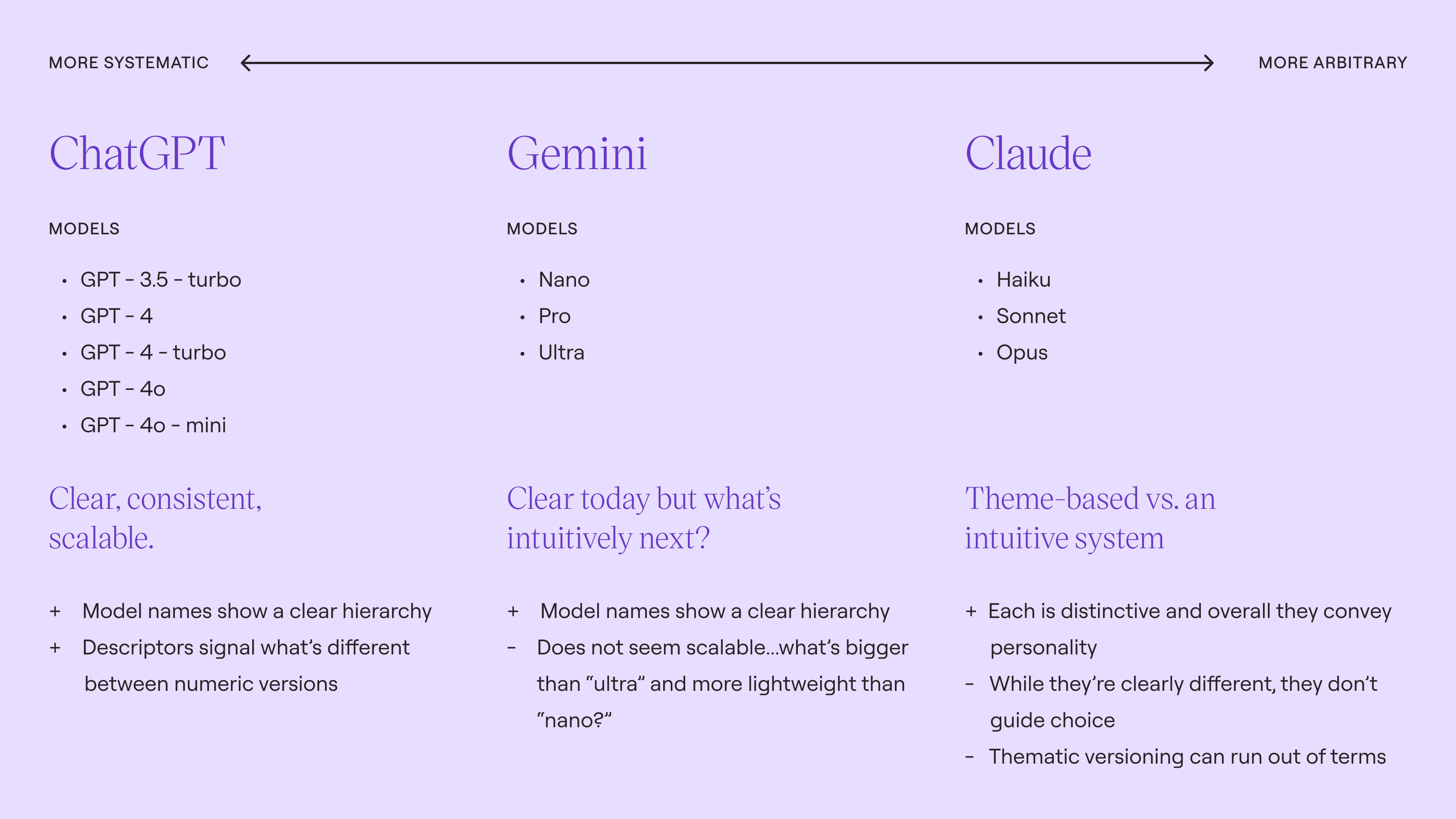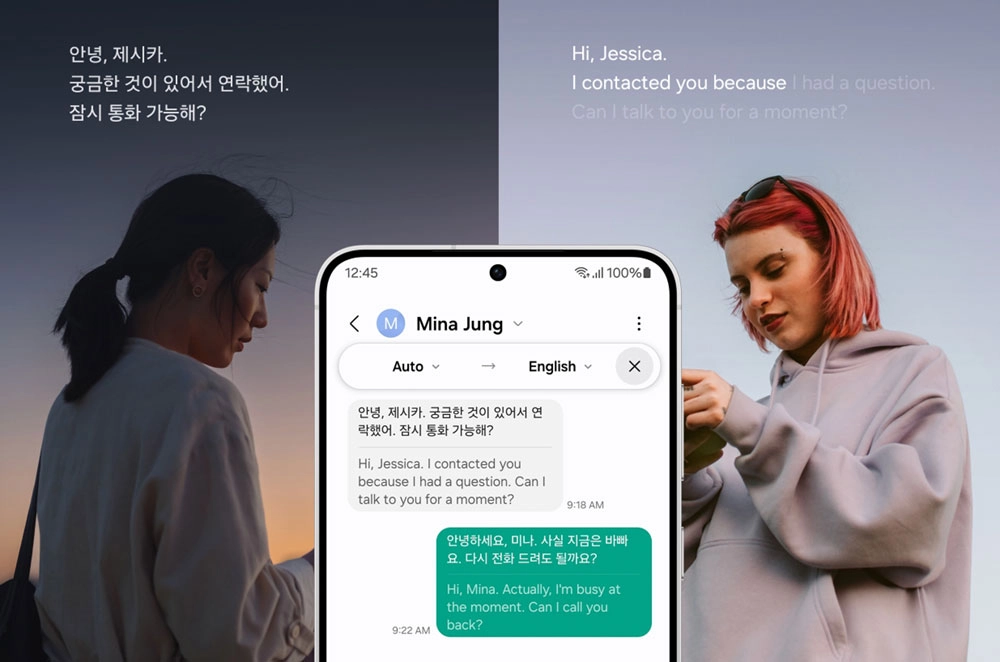November 19, 2024
How to crack the AI branding code

It’s breathtaking how quickly AI has become a topic so many people talk about regularly.
Previously reserved for tech geeks, coders, and science fiction enthusiasts, it’s now kitchen table talk. Its potential is vast; some believe it will fundamentally transform our lives and our relationship with work and each other.
Much is still uncertain, but one thing is for sure: along the way, brands will experiment with it, and human beings will be utterly confused by how it’s all expressed. From human names for bots to new logos and bold new design cues, few brands have cracked the AI branding code–and that can mean managing a sometimes dizzying array of AI-related brand assets that may or may not enhance overall brand value. We see this in spades in the tech space, but it’s not a problem reserved for Silicon Valley–it’s pervasive and becoming apparent in more traditional businesses as they embrace AI-enabled technology for transaction and services support.
Since AI cannot yet solve these complex branding challenges for itself, we still need the nuanced savvy of human expertise.
So let’s talk about key branding principles that can guide some of the big decisions brand and marketing teams will face.
01 | Brand architecture matters
AI is not like any other technology–or is it? When you look through the lens of brand architecture, maybe it's not so different after all. Whether it’s a product, platform, ingredient or feature–defining how AI fits in a portfolio and relates to other brands is a crucial strategic decision. Microsoft and Amazon are case studies in how they brand virtual assistant portfolios with totally different strategies.
Microsoft
In office software, Microsoft’s business model centers on selling the integrated Microsoft 365 platform. They’ve doubled down on a cohesive branding approach across the portfolio to reinforce this platform strategy. Copilot bolsters this model as a single, omnipresent AI brand (akin to a masterbrand approach)–a consistent experience across all 365 applications and user types.
- Microsoft 365 Copilot
- Microsoft 365 Copilot Pro
- Microsoft 365 Copilot for Sales
- Microsoft 365 Copilot for Service
- Microsoft 365 Copilot for Finance
- Microsoft Dynamics 365 Copilot
Amazon
Amazon’s AI assistant portfolio also supports its business strategy–but in the opposite way. With its rapid product innovation across diverse audiences, Amazon prioritizes flexibility and compartmentalizes its AI brands. This keeps the portfolio nimble because each one has its own development track versus one being tethered to the other.
- Alexa for devices
- Rufus for shopping
- Along with a suite of unique names targeted at developers and professionals: Q, QnABot, Bedrock, Polly, Lex, Sagemaker.
While Microsoft’s single-brand approach is more streamlined, a notable downside is that a misstep in one area can affect the brand overall–a real consideration in these early days of AI where stumbles happen (remember Microsoft’s Tay?). Amazon’s multi-brand approach insulates against this drawback, but the investment is far greater to build and manage multiple brands.
At the end of the day, the right portfolio approach for AI comes down to creating a brand architecture that’s aligned with your business strategy. And don’t forget to take a long-term view. It’s a hot topic right now, but explicitly calling out AI via branding may not have eternal staying power. Remember when companies had regular business and e-business solutions?
“At the end of the day, the right portfolio approach for AI comes down to creating a brand architecture that’s aligned with your business strategy. ”
02 | Clarity is king
Successful products often have multiple versions and it’s helpful when the version name helps you choose between them. With AI, there are free options with more limited capabilities, and more robust models via a subscription. Which one is right for your needs? While a version name can’t tell you everything about a product, it should tell you something.
Seems simple enough, yet unclear versioning systems are common. There’s always a temptation to be inventive today–at the cost of not being intuitive down the road. Look at how three AI titans–OpenAI, Google and Anthropic–approach versioning differently for the AI models that power their chatbots.
Great versioning systems aim for clarity and scalability. They create order and convey some essential information needed to navigate options. That helps us better engage with the brand and find what’s right for us. Because nothing is perfect, they can also be designed to account for exceptions without breaking the system. And while an unclear versioning system may or may not ultimately hamper a brand’s success in market…why gamble? Creating a versioning strategy is a comparably small effort that avoids the grueling work of overhauling a portfolio of names that’s already in market.
03 | A human name isn’t always the answer
If you think about it, beyond brands named after the founder, companies hardly ever gave their brands straight-up human names in the pre-AI era. But now? Human names are common, especially for AI-enabled products and services. Siri and Alexa made it mainstream - inviting them into our homes, phones and daily routines - and Google named its lightweight AI model, Gemma.
We chat with them, they get to know us; using a human name for that human-like interaction. It tracks. But does creating a human name for an AI brand make sense for everyone? There are some strategic pros and cons to weigh.
- It can convey the brand is approachable and relatable
- It’s an added benefit if the human name suggests a benefit
- Some human names have a distinct personality which can benefit the parent brand
- In some sectors, a brand with a human name can be highly differentiating
- A human name may overly portray the chatbot as having human-level skills. I.e., For a brand already known for top-notch customer service, there can be high expectations for the virtual assistant to equally deliver.
- Conversely, being seen more human-like could underplay what the AI is actually capable of, when other bot-like AIs are seen as superhuman and effective.
- Human names largely center on personality vs. a benefit, requiring greater investment to build meaning
- Individual attitudes around human names can vary widely. They may introduce gender, cultural, even generational biases; or can unexpectedly coincide with the foibles of a public figure who has the same name.
- The universe of human names is miniscule compared to the availability of words carrying clear meaning. This is especially true if a brand seeks a gender-agnostic name for its AI.
Like with any naming scenario, the type of name has to support the brand strategy first—that'll tell you if a human name could even be a viable fit. If it passes that bar, then it's time to carefully weigh the pros and cons before locking in a human moniker. An example where it’s done well is Erica, Bank of America’s virtual financial assistant. As a name, Erica has dual benefits–it brings an approachable feel while reinforcing the master brand (Erica being derived from America). Sure, it’s tempting to use a human name to create a relatability boost when launching a new AI product, but get clear on its purpose and personality think long-term too; human names for AI brands aren't all upside.
04 | There’s strength in the “unbrand”
AI doesn't need to be big and showy to make an impact. Sometimes the unbrand is the real workhorse, delivering AI's magic through experiences so seamless, you don't even notice it working behind the scenes. There are degrees of how unbranded AI can be:
Most overt: a descriptive name. If you need to give the AI a name so people can refer to it, use it for navigation, etc., then plain speak avoids overbranding. Samsung Galaxy S4’s new AI feature names are clear and simple: Live Translate (real-time phone call translating), and Transcript Assist (speech-to-text)
Middle ground: plain text (not a name). Amazon product pages now include an AI synthesis of all the customer reviews (love it). They keep the focus on the output by referring to this content with a simple section header: “Customers say.”
Most covert: behind the scenes: Some brands have been using AI over the years, even before it was all the buzz. Like TikTok and Instagram harnessing machine learning on the backend to personalize recommendations for us. Or Mastercard’s enhanced fraud detection to extra-protect our identities. We’re not aware of the AI, we just love the brand for it. If you’re introducing AI for your brand, building brand love from behind the scenes can be a smart, streamlined strategy.
Is getting on the unbrandwagon the right strategy for you? It works if you want your parent brand to reap the benefits of an upgraded customer experience—no splitting the equity with a sub-brand. And if your customers aren’t yet sold on intelligent capabilities yet, unbranded AI can be unobtrusive while still delivering an upside.
05 | Brand expression is even more multi-dimensional
Establishing a brand's core expression is never just about picking colors and fonts. It's the whole personality—brand voice, visuals, and more. And when it comes to extending brand expression into campaigns, conceiving personas, mascots, and jingles enter the mix. Now with AI, there are even more exciting dimensions to strategize.
Interaction format: Voice and personality considerations come into play even when it’s a text-based interaction (Marriott’s upbeat and helpful virtual assistant)
Machine vs. human: On this spectrum, what style is right for your brand? Or is somewhere in the middle best? This decision is key because it not only shapes perceptions of the AI, it can reinforce or change how the parent brand is seen:
Machine/bot with little to no personality – these are all too common
Machine/bot some human facets but still clearly a bot – Spotify DJ’s hip, male voice brings the human quality, while Spotify refers to DJ as “it” (not “he”) to keep it in the realm of a bot.
Humanlike - PowerSchool’s PowerBuddy used by students and educators offers a more human-like delivery.
Persona: If the AI will have a persona, what’s the right metaphor? Progressive’s Flo chatbot puts a quirky insurance expert in the palm of your hand. Amazon’s Rufus helps you find things, like a dog can fetch.
Other factors: By default, more human-like branding of AI can touch on sometimes sensitive factors, like assigning a gender to the voice or visualization and choosing an accent, recognizing technology crosses borders.
“The competitive advantages of AI are becoming hard to ignore.”
Let’s face it...
Bringing AI into your brand's world can feel intimidating but the urgency to get on board is real. The competitive advantages of AI are becoming hard to ignore–like connecting with people on a deeper level, so your brand can help them do more faster and in smarter ways. Once you’ve got AI to offer, the nut to crack is making sure people love your brand more because of it.
Here’s the good news...
The branding skills you've already mastered—they'll work for AI, too, with a couple strategic twists. With the right strategy, you can navigate the complexities of branding AI to score the coveted advantages everyone’s vying for.









